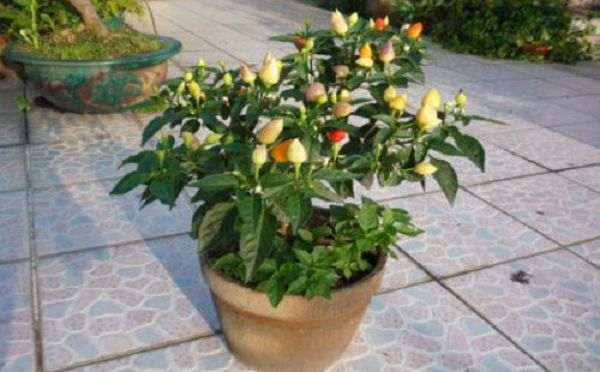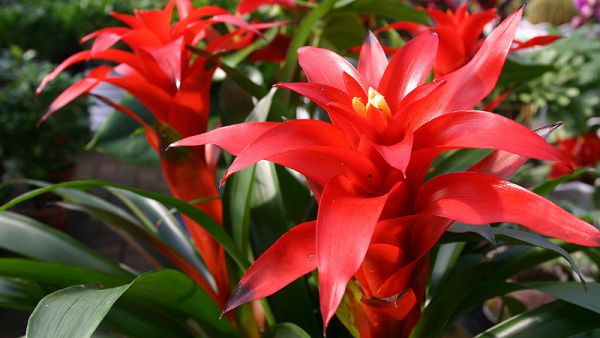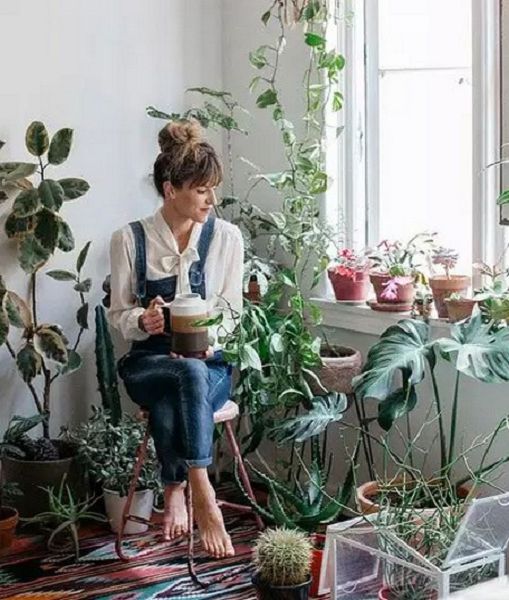Potted papaya blossoms and bears fruit for several years

It is said that papaya has the effect of breast enhancement, beauty and beauty, relieving summer heat and relieving thirst. Perhaps because of this function, the sales of papaya on the market have not declined for a long time, and even there has been a frenzy for a time. No matter when papaya has the above effects, even if it is planted as a potted plant, it also has a certain ornamental value, and if it can produce papaya fruit, it can also meet the oral taste of eating mouths.
For potted plant experienced potted friends, potted papaya is a relatively simple thing, usually only need to prepare a flowerpot of the right size, and then sow some papaya seeds, pay attention to heat preservation and moisturization to produce papaya seedlings. The planting process of papaya is relatively simple, and it is easy to survive, there is no need for us to take special care of it, as long as we can provide sufficient light, scientific watering can grow up. But what?
Potted papaya usually takes about half a year from sowing to seedling growth, but in order to promote plant branches and leaves and blossom and bear fruit, we need to keep chasing fertilizer every half a month, if all goes well, potted papaya can be seen blooming small white-yellow flowers after 2 months. After flowering, it is followed by fruit, which will bear fruit in about 2 weeks. To sum up, it will only take a year at most.
Potted papaya from sowing to flowering and fruiting, if the plant growth environment is suitable, coupled with our later maintenance and management work in place, generally can blossom and bear fruit in the same year. However, if you want to bear fruit smoothly, flowering pollination is a link that can not be ignored, because flowers cannot bear fruit without pollination. Therefore, when we choose varieties for pot cultivation, we must choose the varieties that can be self-pollinated.
The papaya seeds of self-pollination varieties are generally slender in shape, and the plants planted are also dwarf plants, so they are very suitable for pot cultivation. Because this dwarf variety of papaya is not only suitable for potted ornamental plants, but also can produce attractive fruit. However, from sowing to flowering and fruiting, in addition to the correct methods of sowing and planting, the maintenance and management in the later stage should also be scientific and reasonable, so that potted papaya has ornamental value and edible value.
After the potted papaya grows and forms, the watering work must be indispensable, and the principle of watering thoroughly is usually adopted. The flowering period is appropriate to keep the potted soil in a moist state, which can prolong the time of flowering, which is more ornamental. However, in order to take into account the results, we should pay more attention to management after flowering. In addition to applying some mature organic fertilizers, we can also wet some diluents such as potassium dihydrogen phosphate and ferrous sulfate, which can better promote flowering and fruit. at the same time, there are enough nutrients to maintain flowering and support fruit.
Related
- Fuxing push coffee new agricultural production and marketing class: lack of small-scale processing plants
- Jujube rice field leisure farm deep ploughing Yilan for five years to create a space for organic food and play
- Nongyu Farm-A trial of organic papaya for brave women with advanced technology
- Four points for attention in the prevention and control of diseases and insect pests of edible fungi
- How to add nutrient solution to Edible Fungi
- Is there any good way to control edible fungus mites?
- Open Inoculation Technology of Edible Fungi
- Is there any clever way to use fertilizer for edible fungus in winter?
- What agents are used to kill the pathogens of edible fungi in the mushroom shed?
- Rapid drying of Edible Fungi



